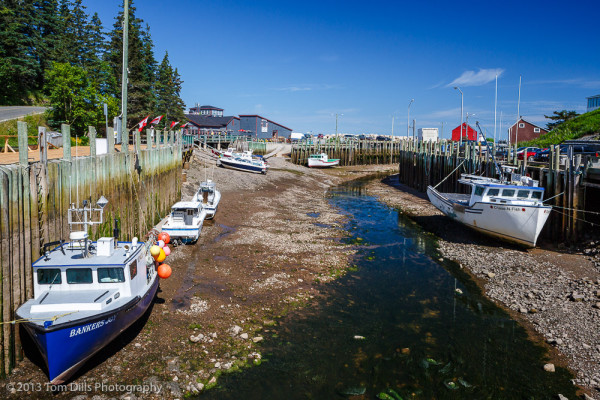
Home of the largest tidal change of anyplace on the planet, the Bay of Fundy was probably the Number One Must-See location for all of us on our recent visit to Nova Scotia.
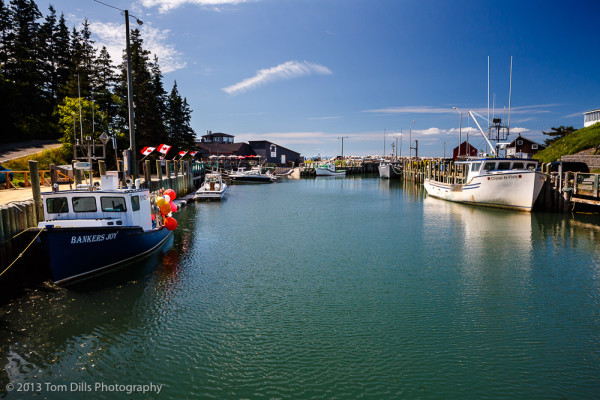
There are many places to experience the tidal change, depending on what you want to see. Most people want to see the highest vertical change, there are places where the horizontal change is very large, and there are a few places where you can experience a tidal “bore,” where a river actually reverses direction as the tide comes in and heads into a narrow inlet such as the mouth of a river.
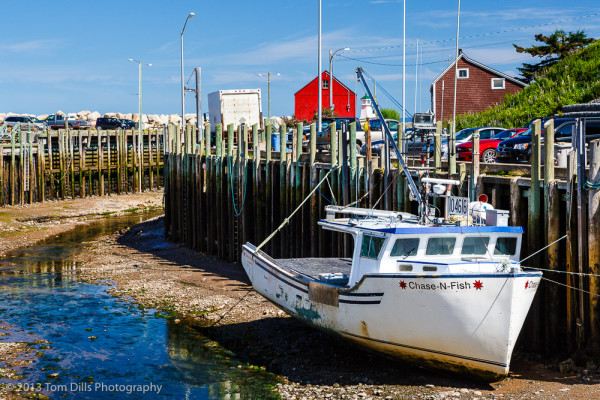
The so-called tidal bore can be pretty exciting in the right place at the right times, but generally requires the right astronomical conditions, such as a full moon, to really experience anything more than a ripple.
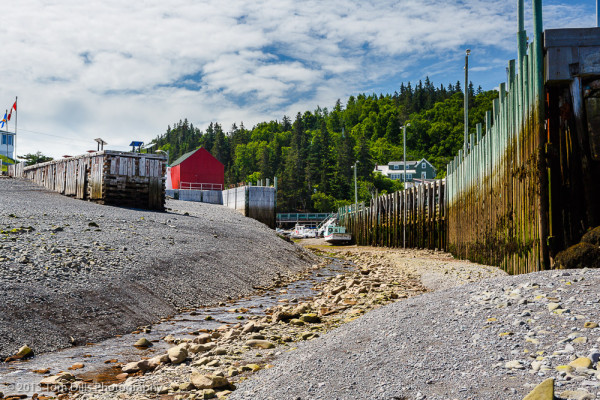
We experience pretty large horizontal tidal changes along the east coast at places like Hilton Head, where the beach “disappears” at high tide but is enormously wide at low tide. Been there, done that! We decided that the way we wanted to see the tidal change was to experience the vertical change, since this is what the Bay of Fundy is really known for. In my opinion the tidal bore is more of a tourist thing. Others will undoubtedly have their own opinion, and that’s dandy.
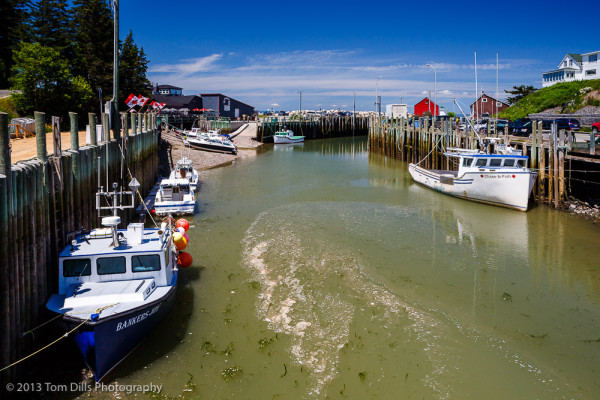
The highest tides on planet Earth occur at a place called Burncoat Head. The water level at high tide can be as much as 52 feet higher than at low tide. We stopped there and spent some time, but we were enroute that day and got there at just about high tide. As a result, there wasn’t a lot to see and we didn’t have time to wait for the tide to recede. Even with the amount of change, it can sometimes take a couple of hours to really notice the difference. So we moved on, and the next day visited our planned destination to watch the tides, Hall’s Harbour.
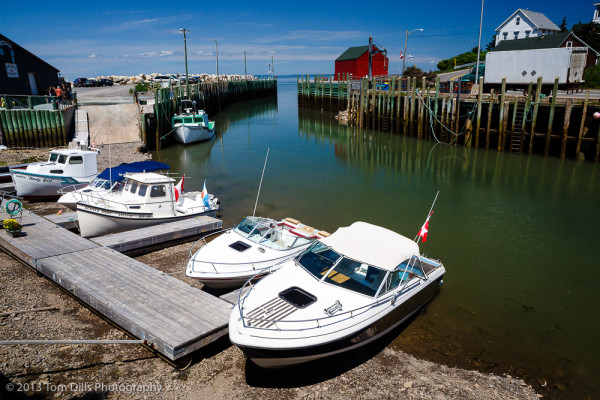
About an hour’s drive from our lodging in Wolfville, we arrived at Hall’s Harbour around mid-morning – the time on my first photo says 10:27. That was right around low tide, so we had a chance to “walk on the ocean floor” as they say, for an hour or more, looking at the fishing boats that literally sit on the ground while the tide is out. Very fascinating! Hall’s Harbour is an actual fishing village, with a small restaurant that serves lobster. LOTS of lobster! They had lobster dinner, lobster salad and lobster sandwiches, and a great place to sit and enjoy the day. Our day was picture perfect, as far as weather goes. We talked to a couple who had been there the day before who said that it was so foggy that they couldn’t see a thing. So we were just a bit lucky!
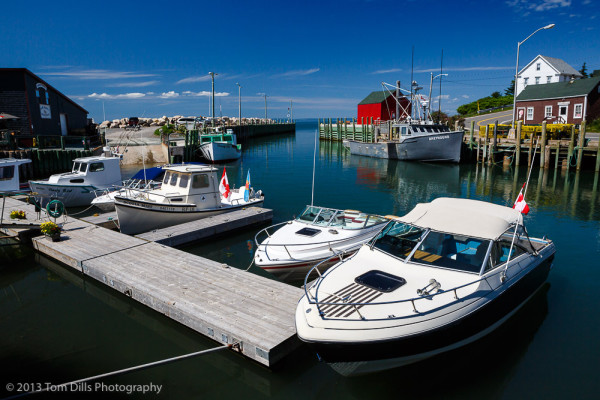
Within a few hours, all of the places we had been walking were covered by about 40 feet of water! It was quite an amazing experience, and a wonderful way to spend the day.
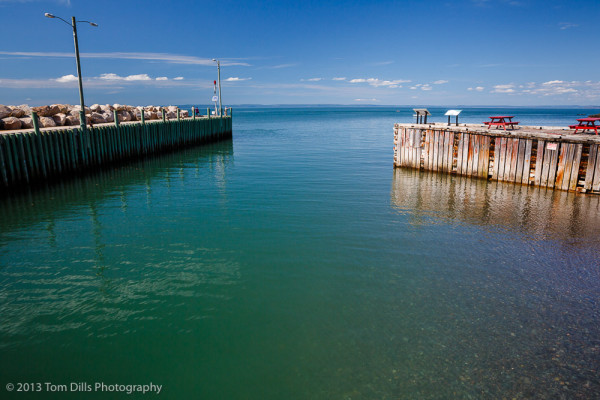

This got my attention, Tom. My great – great grandfather (Joshua Slocum) lived his early life on Brier Island. There’s a memorial there for him (in Westport) and the boot shop where he worked for his father is still there. Brier Island is just down the coast from Hall’s Harbor and experiences the same dramatic tidal shifts. According to a story told by his son Victor, pigs used to go out at low tide and feed on what was normally the sea floor. But when they heard the sound of the bore they’d run as fast as they could for higher ground. Otherwise they’d drown.
Sadly, it’s one of the places I’ve always wanted to visit but haven’t.
That’s a great story, Paul. Thanks for sharing it. I really wanted to get to Brier Island, and now I wish we had made the effort. Brier Island is the second of two islands that make up Digby Neck. We made it as far as Long Island, the second of the three, for our whale watching cruise and our hike to Balancing Rock, which I posted about earlier (I think – I know I posted a photo on Facebook). There is a lodge on Brier Island which would perfectly suit our desire for an out-of-the-way but fantastic location. We’ll definitely try to get there the next time.
I was amazed at the amount of current in the Petit Passage, that separates the main land from Long Island. The only thing I might compare it to might be the Whirlpool Rapids at Niagara Falls. I can only imagine that the current in Grand Passage – between Long Island and Brier Island – would be even greater and louder.
Nova Scotia is definitely worth a spot on the priority list, especially if you have some family history there.
This brought back some memories for me. I’ve experienced the tidal bore created by the Bay of Fundy while staying in Moncton in New Brunswick. I was blown away by it. A truly memorable sight.
Thanks, Cedric. It was definitely a memorable experience. I understand that the tidal change on the other side of the bay is just as spectacular. We’ll try and check that out on a future visit!
My wife and I briefly visited the Bay of Fundy for some whale watching back many years ago now. I remember reading about the significant tide differences there, but we never got to see and experience it ourselves. I like how you captured from one extreme to the other, and some in between in these photos. It gives me a better feel for what we missed.
We just decided that seeing the tide change was a highlight, and I’m very glad we spent the day the way we did. And I’d do it again in a heartbeat!
Man, you captured some color in these images. Watching the tide move in and out is quite the scene for this flatlander to experience. My first experience with it was on the Baja coast a few years ago.
The light up there just seems to defy conventional wisdom about shooting in the middle of the day, Monte. I have some similar photos from Peggy’s Cove that I haven’t posted yet, but the light even on a clear blue-sky day was spectacular.
I would agree with that.